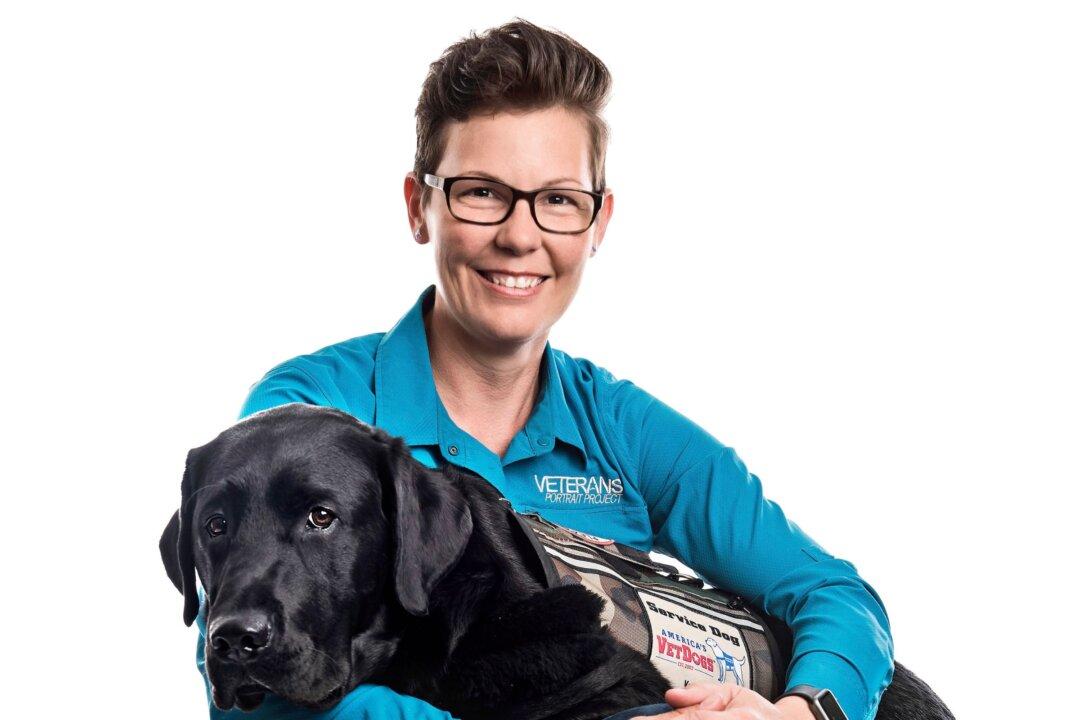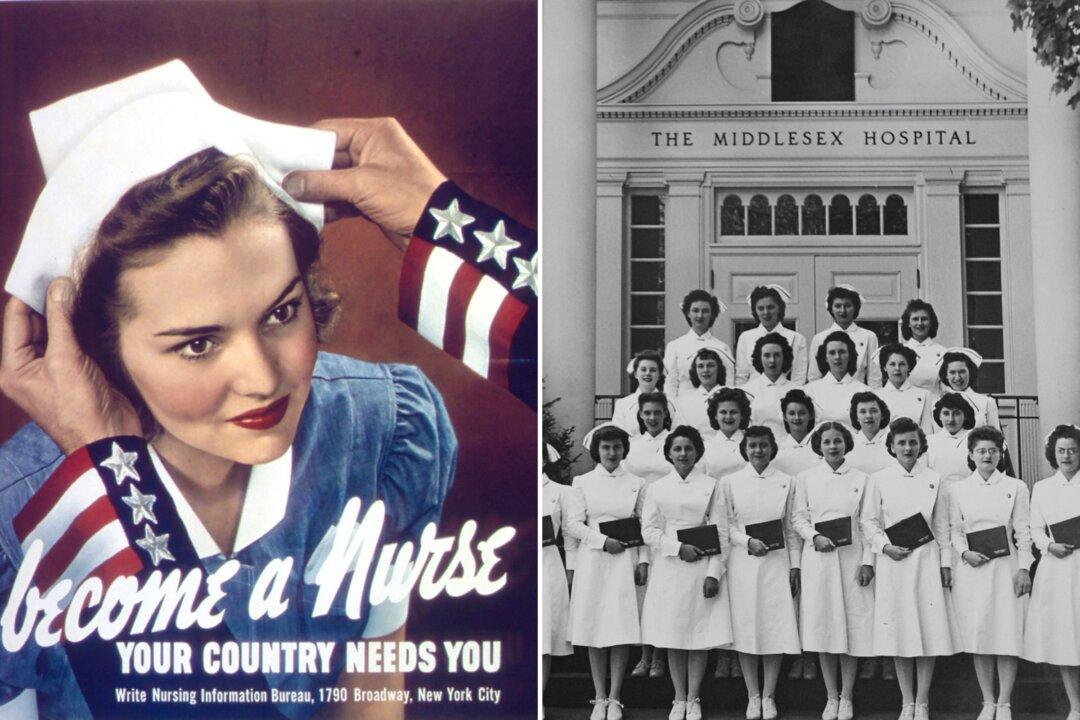In 1975, in the Killing Fields of Cambodia, Sokanha Prak assumed the role of mother, father, and protector to her 1-, 3-, and 4-year-old siblings. Fending for them and herself in the countryside, the 6-year-old had no choice.
Sokanha’s parents had been ripped from them by the Khmer Rouge, a Chinese Communist-backed military force intent on creating a faux-utopian society built on deprivation, thought control, and, when necessary, execution. Equipped only with a child’s mind and body, she worked herself to exhaustion, hour by hour, knowing that her captors could take all of their lives at any moment.
Today, 9,000 miles from the site of the Southeast Asian detention camp that smacked of the Nazi Holocaust, Sokanha, 53, now calls herself Amanda—in Latin, “worthy of love”—at the suggestion of a friend she met as a teen. It’s an altogether fitting moniker: when she was born, her umbilical cord was wrapped around her neck, and a midwife saved her life—only for her to face the terrors of totalitarianism in childhood.
Now settled in a suburban home outside Richmond, Virginia, Amanda is mostly freed of the many hellish nightmares that once hounded her. She is the mother of two adult sons and works as a hairstylist. And as the survivor of a campaign of genocide that claimed an estimated 2 million lives, Amanda makes her own life story known in the hopes that the world will never forget.
A Nightmare
The child now called Amanda spent her early life in Battambang, a picturesque province with French colonial architecture a couple hundred miles from Phnom Penh, Cambodia’s capital. Her father, Suntara, was a schoolteacher and her mother, Soeurm, a housewife dedicated to caring for her five children. On April 17, 1975, armed soldiers of the Khmer Rouge, backed by tanks, ordered everyone in the province to join a massive march into the unknown. Suntara, who was not home at the time, caught up with them three hours later.





